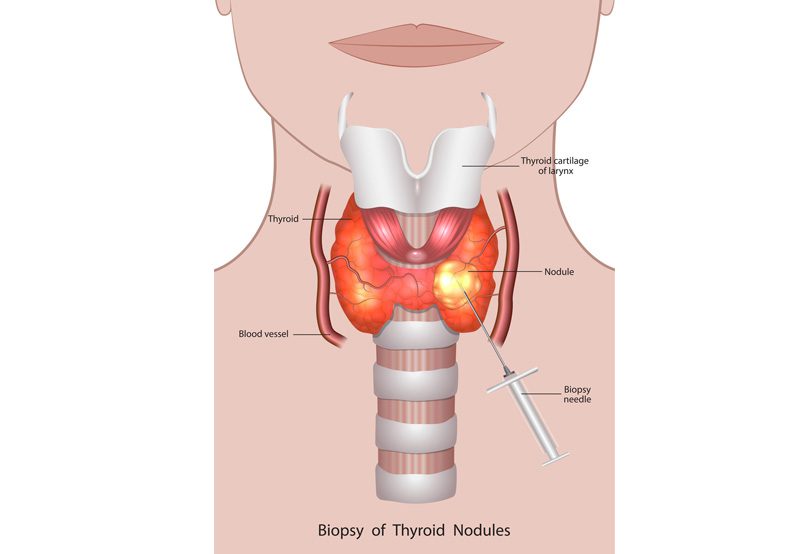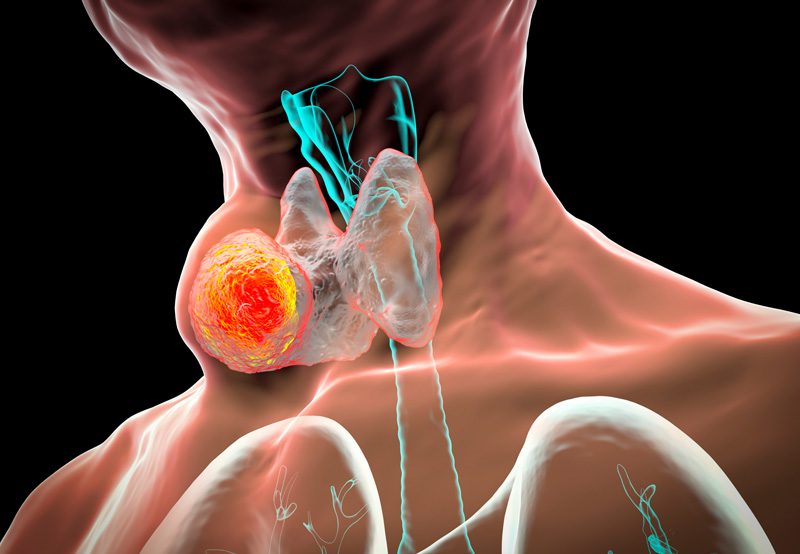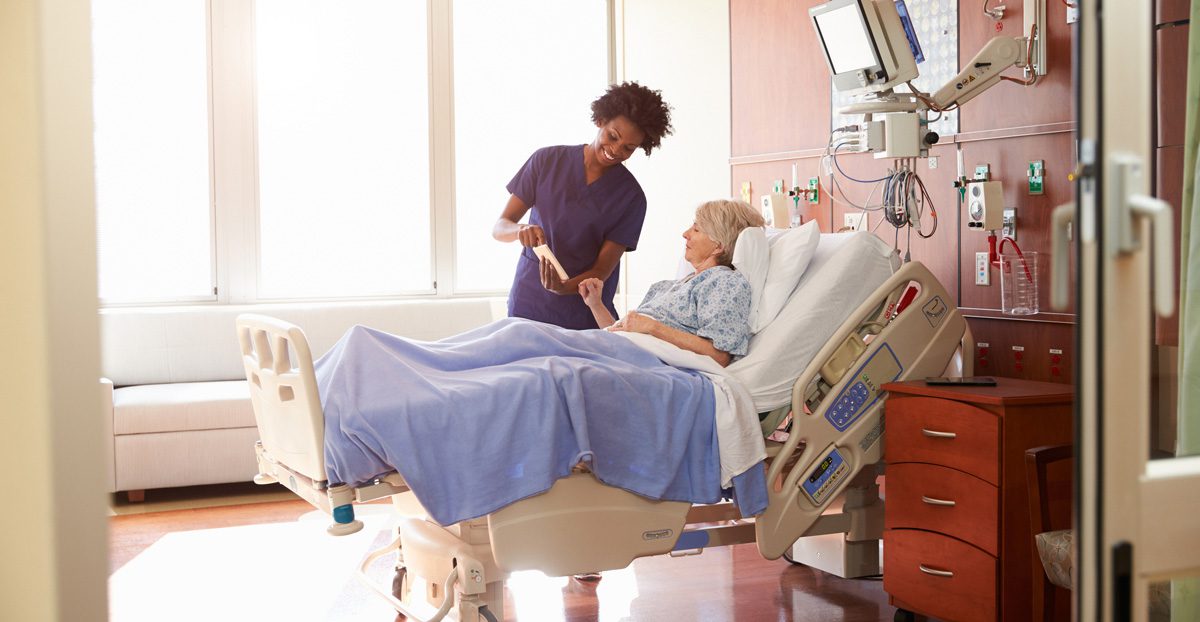

The thyroid gland, a butterfly-shaped organ located at the base of the neck, plays a crucial role in the body’s metabolic functions. Sometimes, nodules or growths can develop in the thyroid. While most thyroid nodules are benign, a small percentage can be cancerous. To differentiate between benign and malignant nodules, a thyroid biopsy is often recommended.
What is a Thyroid Biopsy?
A thyroid biopsy, commonly referred to as fine-needle aspiration (FNA) biopsy, is a minimally invasive procedure where a thin needle is used to collect tissue or fluid samples from a thyroid nodule. This sample is then examined under a microscope to identify the type of cells present, helping clinicians determine if the nodule is benign, malignant, or indicative of another thyroid condition.

Why is a Thyroid Biopsy Performed?
- Evaluate Suspicious Nodules: If imaging tests like ultrasounds show nodules with characteristics that might suggest cancer, a biopsy is recommended.
- Clarify Uncertain Results: In cases where imaging tests are inconclusive, a biopsy can provide clearer insights.
- Monitor Previously Identified Benign Nodules: If a benign nodule starts growing or showing suspicious features, a biopsy might be performed to re-evaluate its nature.
What to Expect During The Procedure
The FNA biopsy is a straightforward outpatient procedure:
- Positioning: The patient lies down on an examination table with the neck arched back to expose the thyroid area.
- Preparation: The skin over the thyroid is cleaned with an antiseptic solution. Sometimes, local anesthesia might be applied to numb the area.
- Needle Insertion: Guided by ultrasound imaging, the physician inserts a fine needle into the thyroid nodule to extract tissue or fluid samples. Several samples might be taken from different parts of the nodule to ensure accuracy.
- Sample Analysis: The obtained samples are sent to a pathology lab for examination under a microscope.
The entire procedure usually lasts less than 30 minutes, and patients can typically resume their normal activities shortly after.
Post-Biopsy Care
While the biopsy is minimally invasive, there are some guidelines patients should follow post-procedure:
- Observation: After the biopsy, patients might be observed for a short period to ensure there are no immediate complications.
- Mild Discomfort: Some patients might experience slight pain, bruising, or swelling at the biopsy site. Over-the-counter pain medications can help alleviate any discomfort.
- Activity: While most normal activities can be resumed, it’s advisable to avoid strenuous activities for a day or two.
Potential Complications
Complications from a thyroid FNA biopsy are rare but can include:
- Bleeding: There might be minor bleeding at the biopsy site. In very rare cases, internal bleeding could lead to the formation of a hematoma, which might require treatment.
- Infection: As with any procedure that breaks the skin, there’s a minimal risk of infection.
Results and Further Steps
Once the biopsy sample is analyzed, the physician will determine the type of nodule.
- Benign: If the nodule is found to be benign, regular monitoring through ultrasounds might be recommended.
- Malignant: If cancer cells are detected, a treatment plan, which could include surgery, radioactive iodine, or other therapies, is discussed.
- Inconclusive: Sometimes, the biopsy results might not be definitive. In such cases, a repeat biopsy or further tests might be advised.
